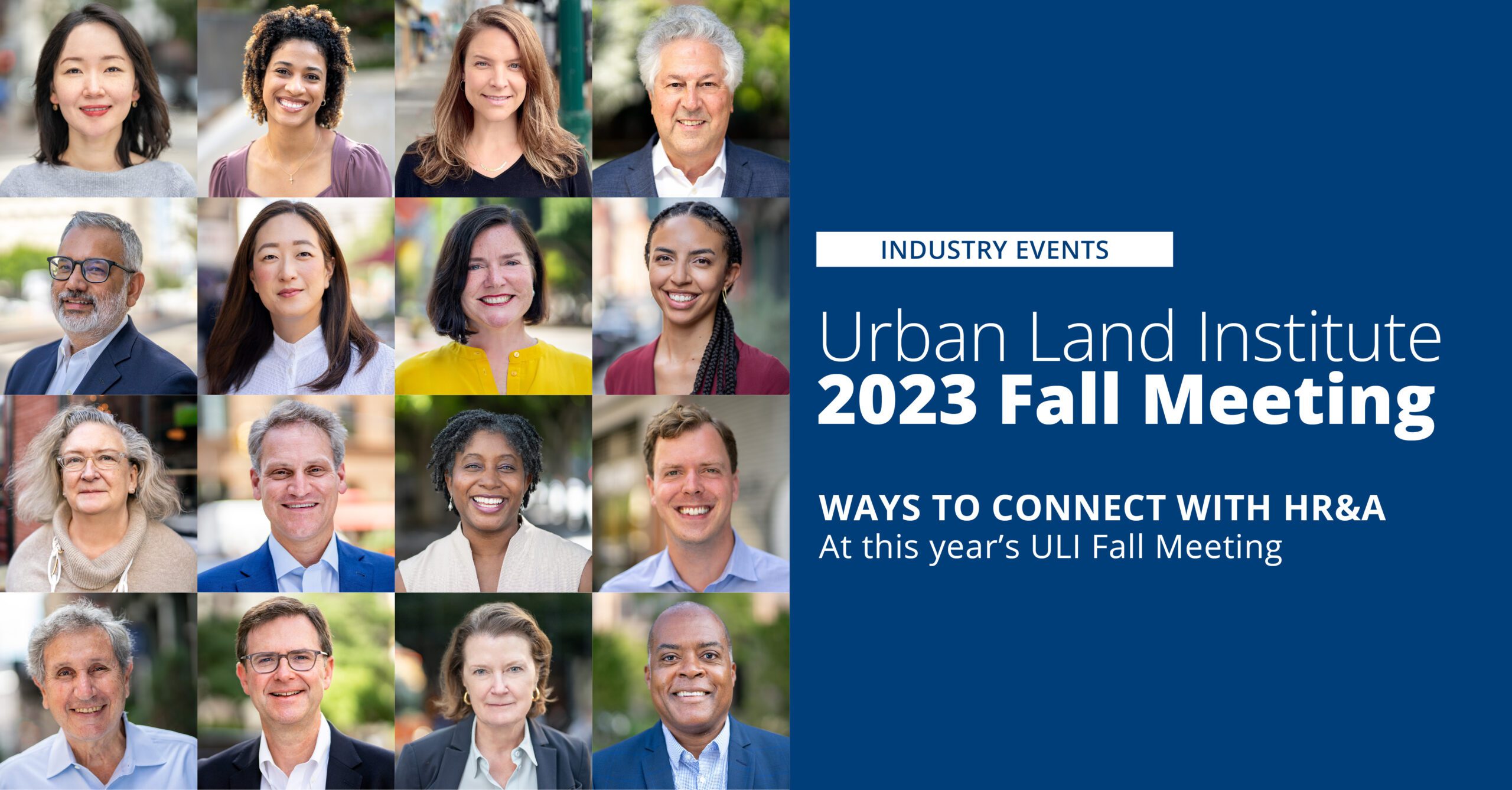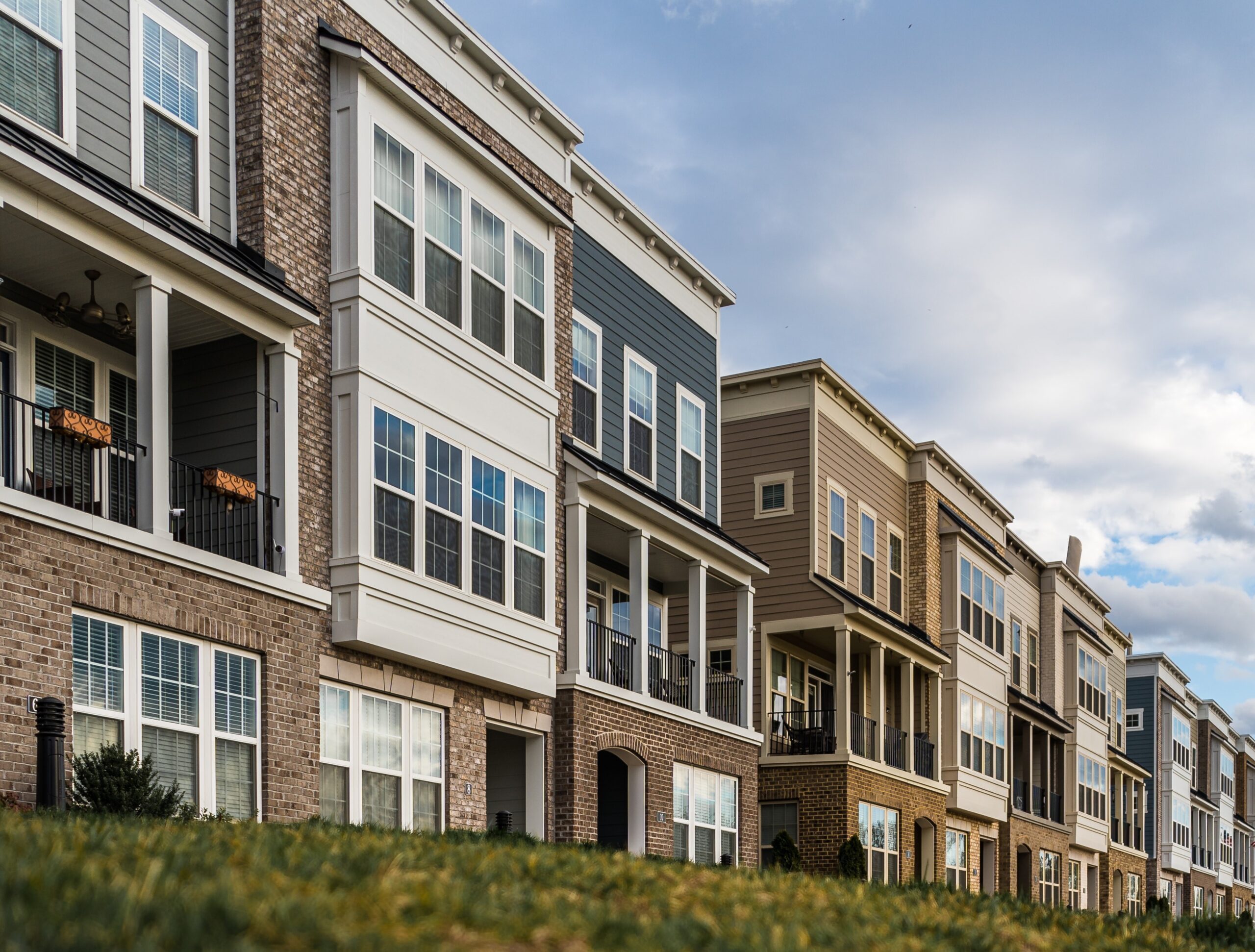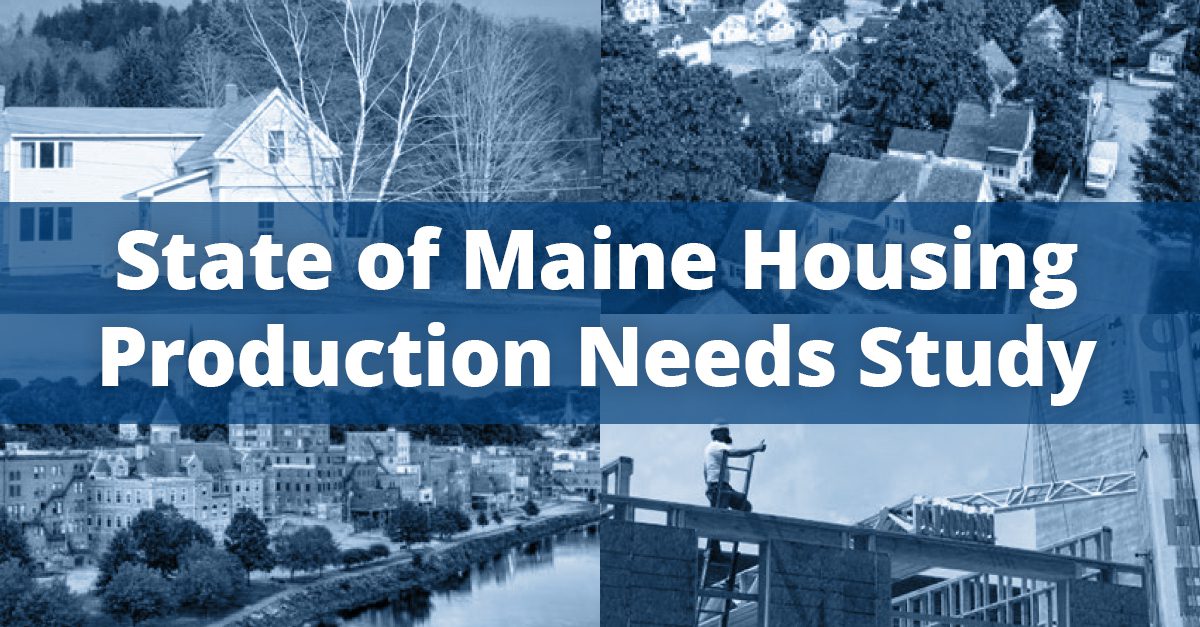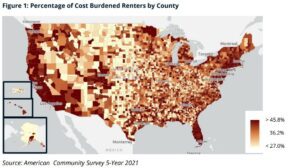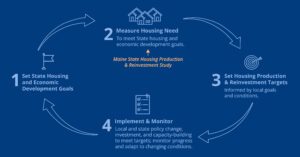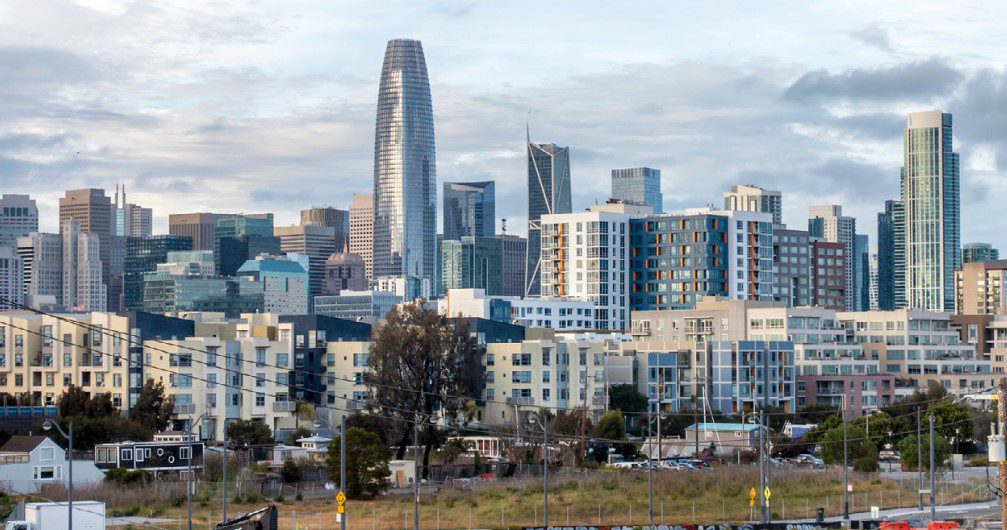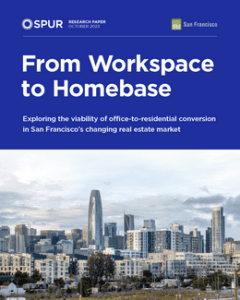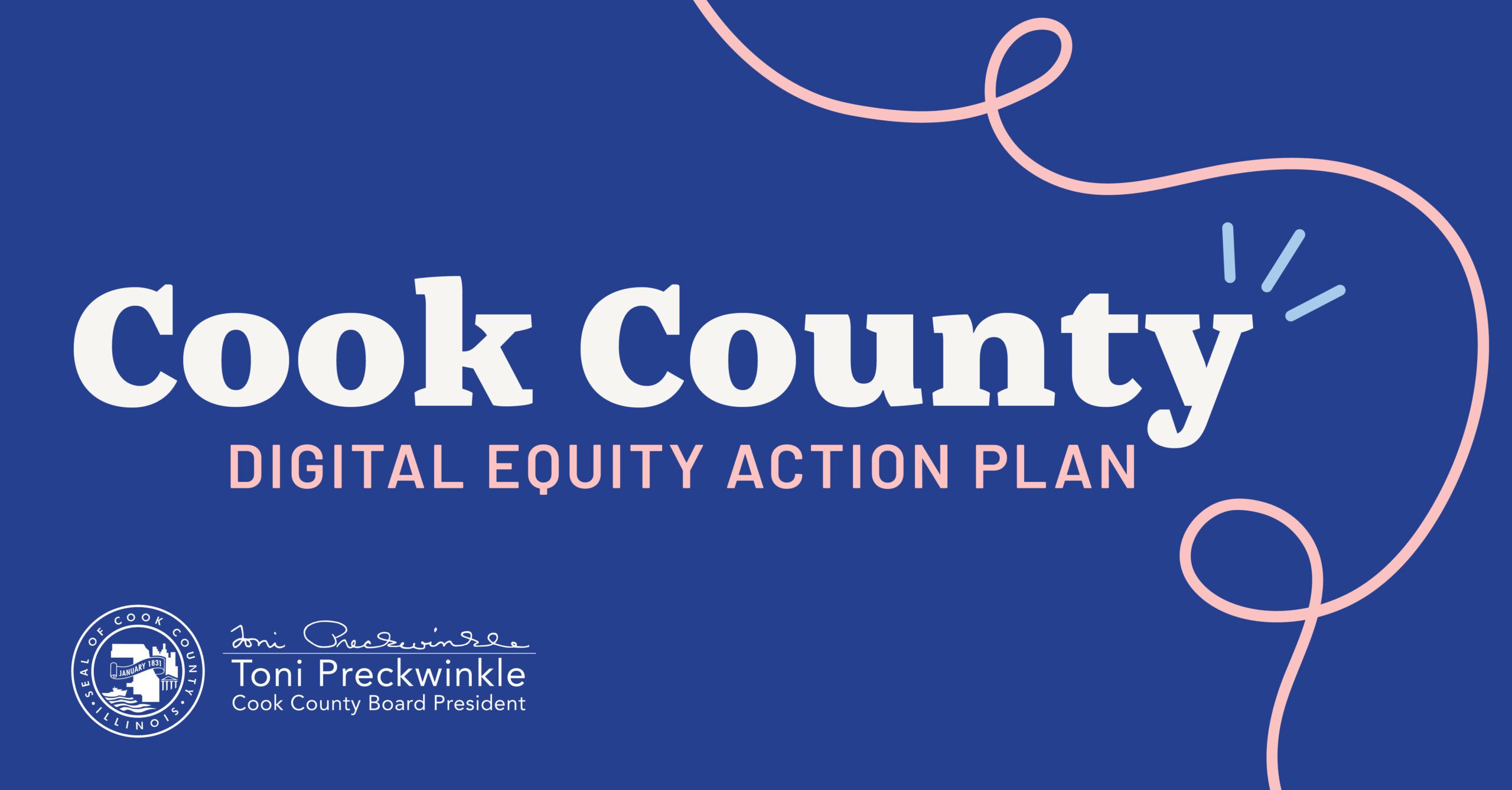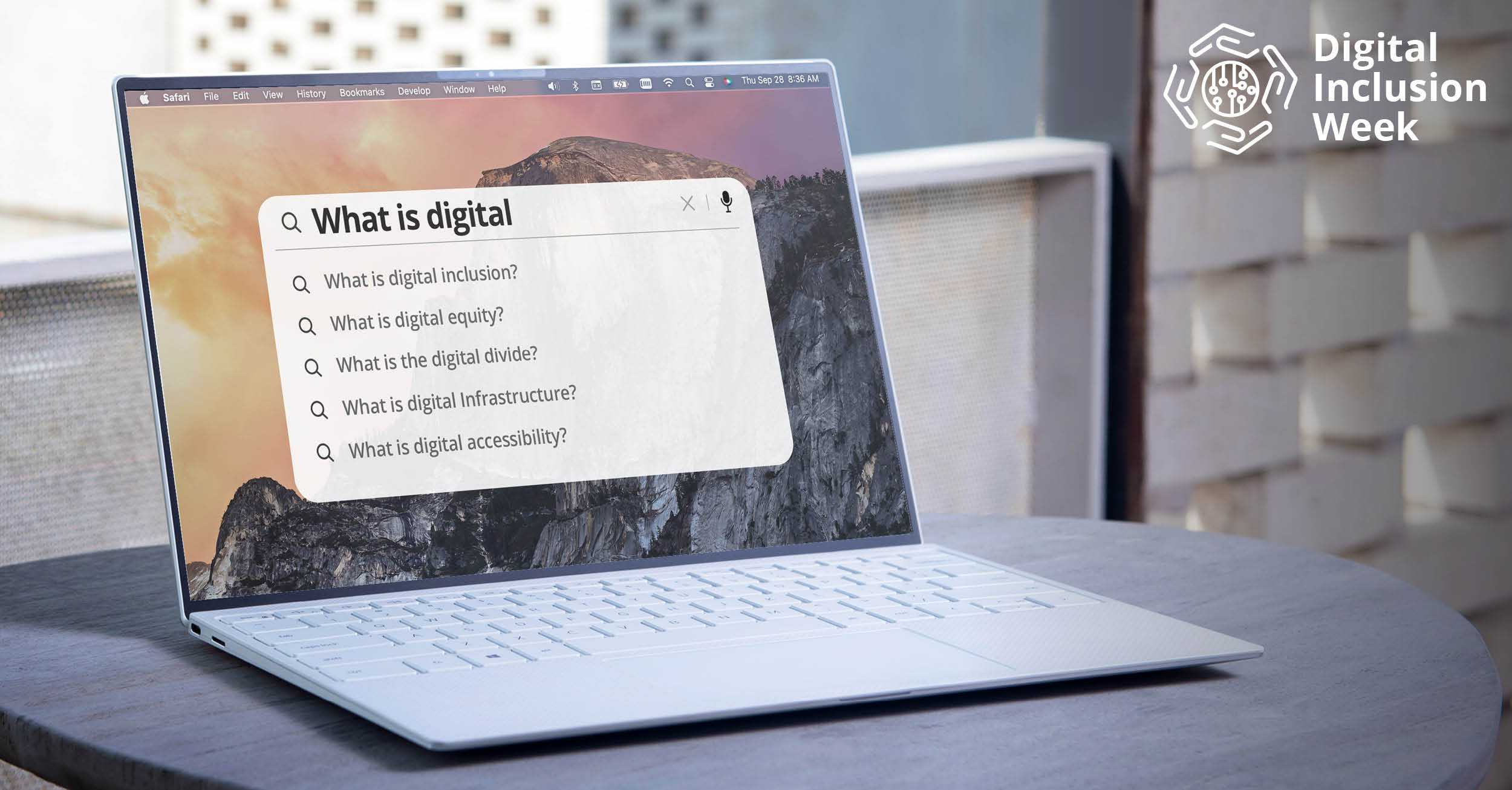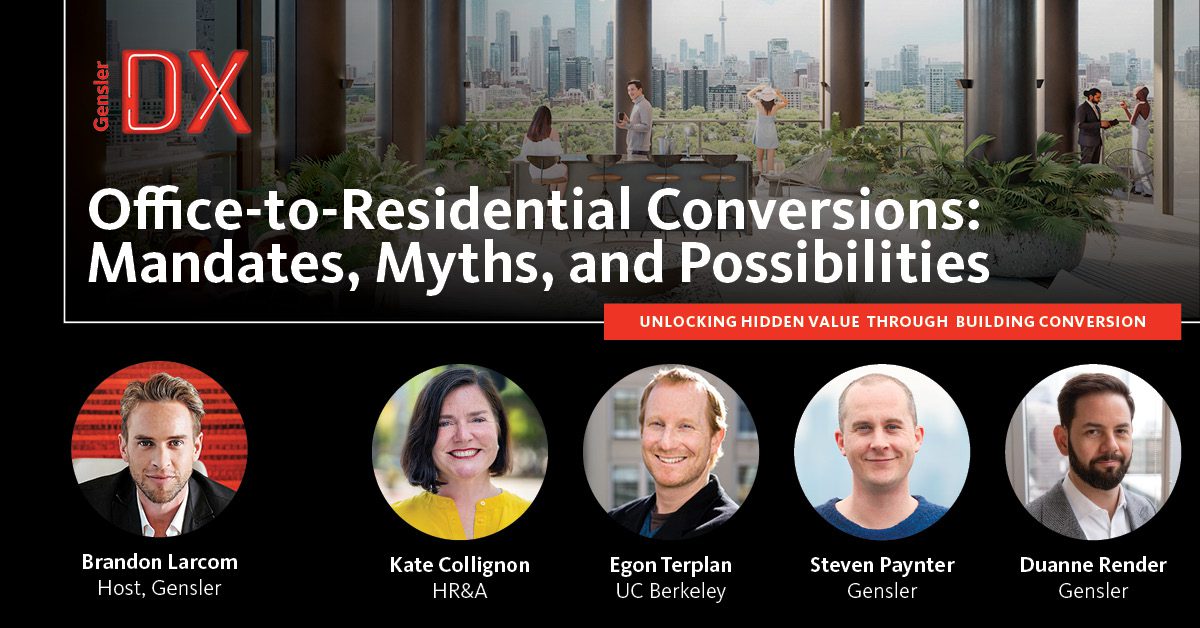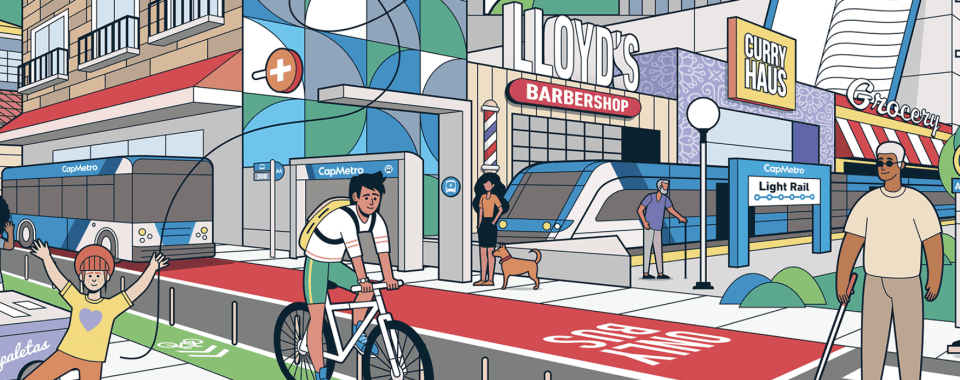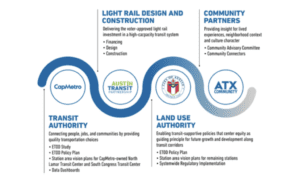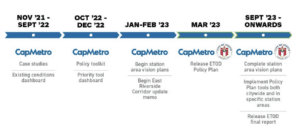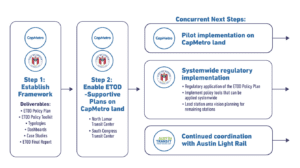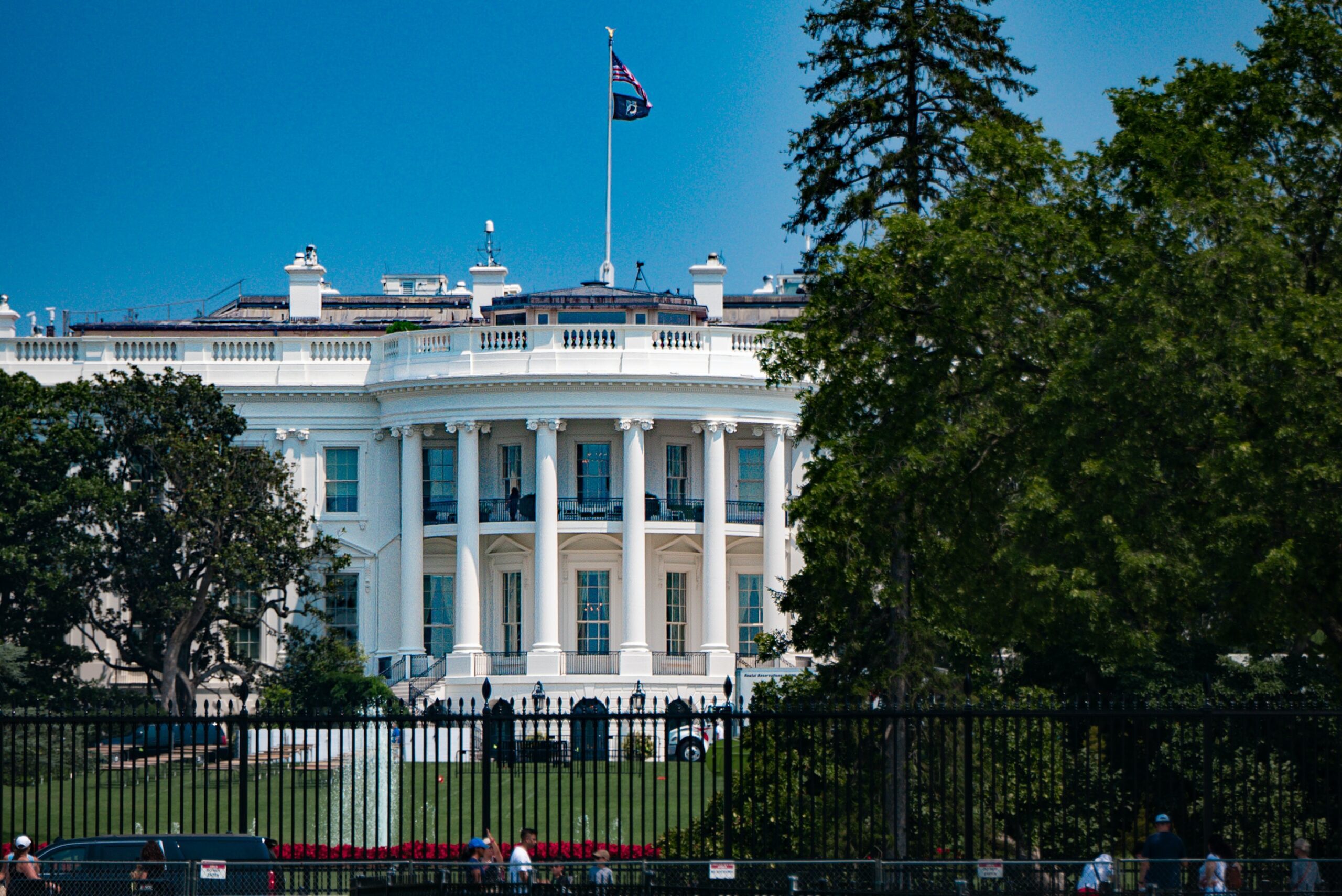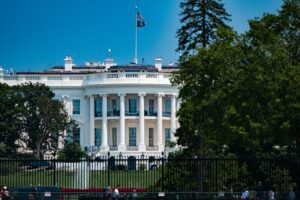This press release was originally issued by ACEEE.
Washington, DC—Thirty-nine teams that were awarded federal prizes to bring energy upgrades to affordable and other equity-eligible buildings will receive critical guidance and coaching from the Residential Retrofits for Energy Equity (R2E2) initiative. R2E2—a partnership of the American Council for an Energy-Efficient Economy (ACEEE), Elevate, Emerald Cities Collaborative, and HR&A Advisors—will work with today’s winners of the U.S. Department of Energy’s Buildings Upgrade Prize (Buildings UP) to develop innovative building energy retrofit plans and access funding from the Inflation Reduction Act and other federal, state, and utility incentives to bring energy retrofits to underserved communities.
During the application phase (Phase 1) of Buildings UP, R2E2 provided trainings to hundreds of organizations, including state and local governments, as well as community-based organizations, providing a foundation to develop their visions for accelerating building upgrades in their communities. R2E2 provided additional application support to 50 first-time and under-resourced Buildings UP applicants.
Of the 45 total winners, 39 won $400,000 each for retrofit concept plans as part of Buildings UP’s Equity-Centered Innovation pathway. Each winning team includes a community-based organization and will conduct robust community engagement to ensure that underserved communities are part of the clean energy transition. Winning teams sought perspectives from historically marginalized communities, will minimize negative impacts to building occupants and communities, and have committed to centering community leadership in the development and scaling of their building upgrade initiatives. In addition to the 39 Equity-Centered Innovation pathway winners, six teams were also chosen as winners for their initiatives in the Open Innovation pathway.
R2E2’s outreach to potential applicants resulted in 2,150 people from nearly 500 communities across 49 states attending Buildings Upgrade Prize training sessions, with many submitting Phase 1 applications. The Phase 1 winners are working locally in 32 states and four tribal/native communities, including in 13 rural areas. In total, 35 teams in the Equity-Centered Innovation pathway and four teams in the Open Innovation pathway are focused on residential buildings upgrades, while the remaining six teams will focus their initiatives on commercial building upgrades.
With the announcement of the Buildings UP winners today, the Department of Energy, R2E2, regional energy efficiency organizations across the country, other nonprofits, energy consultants, and energy service companies (ESCOs) will provide deep technical assistance to prize winners.
“We were pleased to work with the R2E2 team and others to center equity in Phase 1 of the Buildings Upgrade Prize,” said Holly Carr of the U.S. Department of Energy. “We are excited to move forward with the winning teams and to work with R2E2 and others providing technical assistance to bring home energy upgrades to people across the country.”
Annika Brindel, ACEEE’s director for R2E2, said: “It is a privilege to work with diverse teams from across the country that are dedicated to improving the lives of people in their communities. With unprecedented federal funding from the Inflation Reduction Act, we’re excited to work with teams to maximize their use of the resources available for affordable housing energy upgrades, workforce development, and health and safety improvements.”
Anne Evens, CEO of Elevate, said: “Elevate is looking forward to getting to know the communities represented by the Buildings Upgrade Prize awardees and supporting the teams in planning successful initiatives that provide benefits through innovative, equitable approaches.”
Meishka Mitchell, president and CEO of Emerald Cities Collaborative, said: “Emerald Cities Collaborative is thrilled to be part of this critically important opportunity to create models to save our climate, reduce the energy burden in justice-impacted communities, and support the diversification of the clean energy workforce. We look forward to working with the winners of the Buildings Upgrade Prize. Congratulations.”
Jonathan Meyers, partner at HR&A Advisors, said: “We are thrilled to see the incredible number of teams from across the country driving innovation in building upgrades for affordable housing. HR&A is excited to leverage our firms’ knowledge of affordable housing financing and building retrofits to support teams to develop clear pathways for implementation, making these ambitious plans a reality.”
To scale up affordable housing energy upgrades far beyond the Buildings Upgrade Prize, R2E2 plans additionally to work with communities with well-designed plans who were either not funded or unable to apply. R2E2 will assist those teams to further develop their plans and seek other funding sources for building upgrades. Teams interested in bringing energy upgrades to affordable housing in their communities can sign up with R2E2 to receive information about upcoming opportunities with R2E2.
The additional work to provide affordable housing retrofit capacity and technical expertise that governments and community-based organizations often lack is funded by The Rockefeller Foundation, JPMorgan Chase, Wells Fargo Foundation, and The JPB Foundation.
